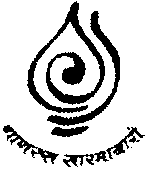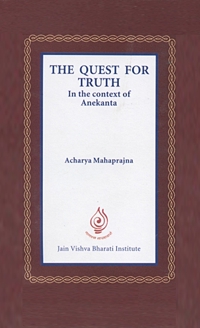
When the American millionaire, Henry Ford was a young lad, he was, one day, going to New York by train. A festival was being celebrated and all the hotels were fully booked. Where to stay? He was still pondering over this when the ticket checker came along. He asked, "Do you have a ticket?" The lad did not answer. He asked again and got no response this time also. The same thing happened again the third time. The ticket checker got wild. He said a few nasty things. The boy replied in the same vein. A fight ensued and the police was called in. The boy was taken to the police station. The boy was in lock up the whole night. In the morning the boy was presented before the judge. The judge observed the mild demeanour of the boy, his clothes and his manners. He could not believe that the boy would not have bought a ticket. He asked in surprise, "You look a good boy, I am not able to understand why you did not buy a ticket." The lad pulled out a ticket for travel by first class from his pocket. "My dear man, you had a ticket, then why have you come to the police station?" Replied the young man. "I have something very precious with me. I was searching for the right place to safeguard it. Which place can be safer than a police station? I spent the entire night there. I slept well and my treasure was safe while the sentry guarded me." There are two reasons for going to the police station: one as a punished, and the other for security. The boy had committed no crime. He had a ticket. But he had to safeguard something and so spent the night at the police station.
The body is a cage. Some are imprisoned within it by their bondages while some others reside within it to safeguard their precious treasures. For both categories it is important to live within the cage. But the meaning of "living" is different. Some live within it to experience pain while some live within it to become free from pain. The meaning of sadhana (loosely translated as spiritual practice) is to get freedom from all kinds of pain. Bhagvan Mahavira said, "The path of sadhana is one that brings freedom from all pains." That a practitioner should follow this path as well as invite pain seems to be contradictory. When the clasp of pain has to be broken, then it cannot also be invited simultaneously. The term kayaklesh cannot be interpreted as inviting pains. To torture the body, to give it pain cannot be dharma.
To give the body pain deliberately and for the body to be in pain are two different aspects. Firstly the body is insentient. We do not have hatred towards that which is insentient. Then why should we inflict pain on it? Secondly it is an instrument for our progress. Then why should we harass that which is useful to us? We should make it so tough that it can bear any pain. Therefore Mahavira gave two sutras or principles for sadhana for the body: Kayaklesh and Kayotsarg.
- Kayaklesh is the principle of perfecting the body. In this world there are many pressures created by the pairs of hunger-thirst, winter-summer etc... When we acquire the ability to withstand these pressures, the pressures themselves disappear and we make the body more seasoned.
- Kayotsarg is the principle of making the self free from the bondage of the body. By continually relaxing the body we reach that stage when the body becomes a field of energy and not one of bondage. This practice is to free the body from tensions. Some tensions do result from kayaklesh, albeit physical. An important key to sadhana is to create physical tension to relieve one of mental tension and then follow kayotsarg to relieve physical tension.
 Acharya Mahaprajna
Acharya Mahaprajna


